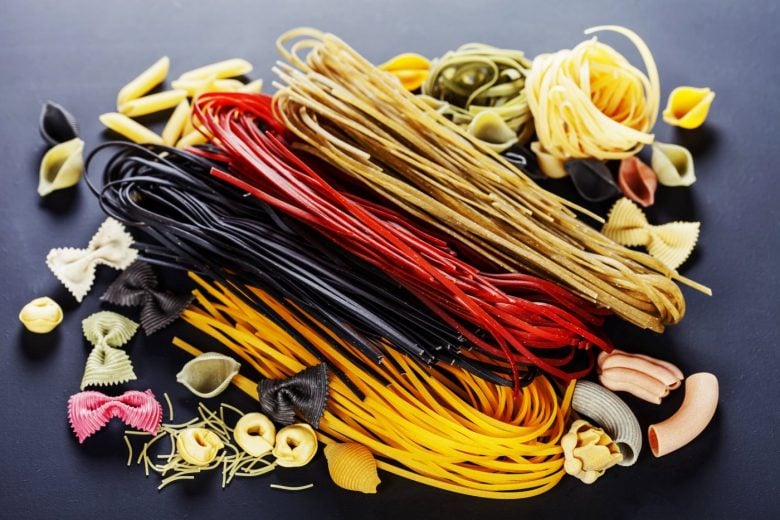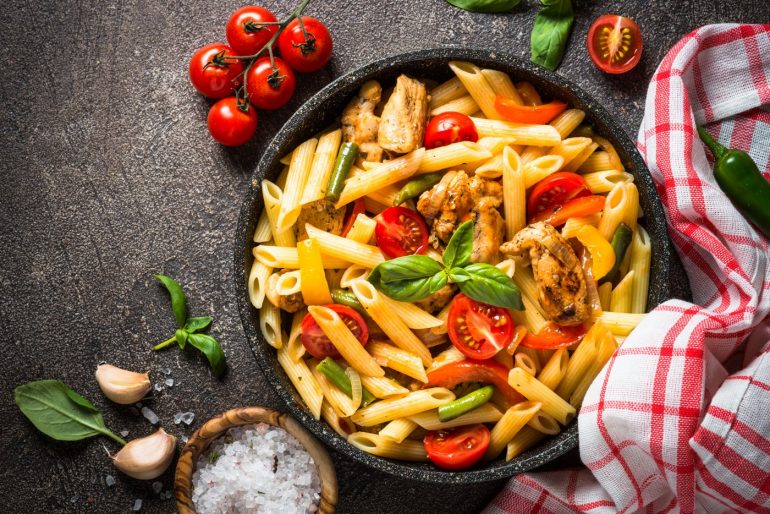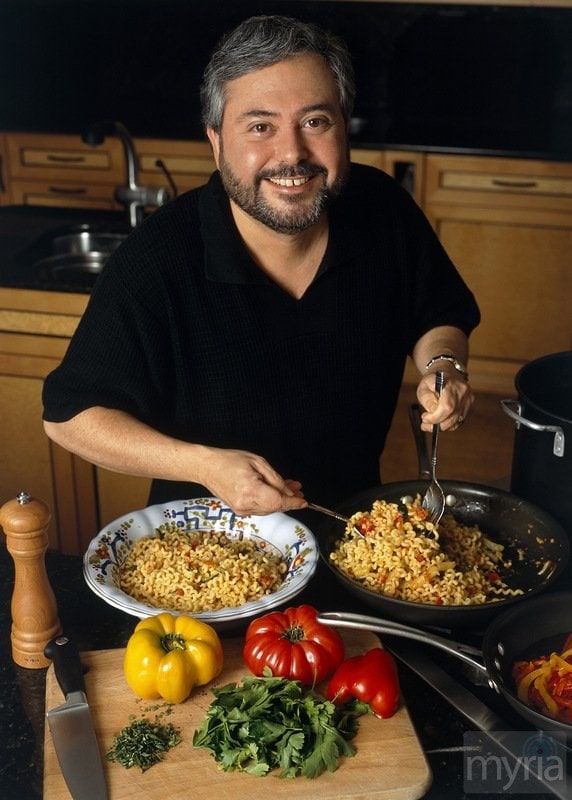Chef and teacher Giuliano Hazan did not learn the art of Italian cooking in culinary school, but from the doyenne of Italian cooking — his mom, Marcella Hazan.
And like mother, like son: Giuliano has published several cookbooks, including How to Cook Italian.
But the son is now the teacher. “From the first class I taught, I knew it was something I would do,” says Giuliano Hazan, who, as a child, stirred the risotto in his grandmother’s kitchen in Cesenatico, Italy.
He later taught at his mother’s cooking school in Bologna, moving from kitchen assistant to teacher to school director before taking over the cooking classes at Venice’s exclusive Cipriani Hotel.
We caught up with Giuliano at the celebrated Central Market Cooking School in San Antonio, Texas, where he shared his top 10 essentials for the Italian kitchen — plus he gave us another 10 tips for the most authentic Italian cooking.
Top 10 essentials for the Italian kitchen
1. A good 8-inch chef’s knife with honing steel. “It’s very essential in everything you do,” says Giuliano.
2. Skillets and braising pans are must-haves, because Italian cooking is done mostly over the stove
3. Extra virgin olive oil (EVOO), which Giuliano uses exclusively
4. A vegetable peeler
5. Fresh garlic
6. Onions
7. Fresh herbs, such as rosemary, basil, sage and oregano
8. Fresh or whole peeled canned tomatoes
9. Cheese drum grater for grating fresh cheeses
10. A variety of pasta types

Giuliano’s top Italian cooking tips
1. Lots of cuisines advocate adding food to hot oil, but the flavor of foods is drawn out better when the oil and food are heated together, as they are in Italian cooking.
2. Add olive oil to butter when sautéing to prevent the butter from burning.
3. Salt coaxes the flavor out of food by drawing out the moisture and concentrating the natural sugars.
4. Sauté garlic just long enough to get the flavor out, which happens when you start to smell it.
5. Use capers stored in water, not vinegar. Rinse them and soak them in fresh water for 15 to 20 minutes to draw out the salt.
6. When peeling tomatoes, use a sawing motion with the peeler, instead of straight down, to make peeling easier.
7. To get as much flavor out of vegetables as possible, don’t undercook them.
8. For the best flavor and aroma, chop herbs just before you plan to use them.
9. In Italy, the salad is served after the meal, just before dessert. (Try it!)
10. Try Romano cheese in place of the more popular Parmesan — it’s better suited for red sauces and olive oil.









